
What is in this article?
One of the most crucial elements of electronic devices is the transistor, an essential component of modern technology. These effective components, which were developed in the middle of the 20th century, have the ability to regulate electrical signals. Through improving their capabilities, it is able to transform computers, cell phones, and other electronic devices. Read on for more information on transistors, including their definition, functions and significance in modern technology.
What is Transistor?
Electrical signals are controlled, processed, and amplified by transistors, which are semiconductor components found in electronic devices. Their fundamental role in computers, smartphones, and other electronic devices is crucial for boosting computing capacity and processing data. The transistor is a key element in the field of electronics, designed with the purpose of controlling and amplifying electrical signals. This component is found in many different devices, including mobile phones and computer CPUs.
Transistors are primarily used for two fundamental functions: amplifying signals and switching electrical circuits. Increasing a low-power signal’s strength to higher levels is known as amplification. From audio devices to radios, this property is utilized in many different areas. The transistor’s capacity to swiftly turn on and off the current in an electrical circuit is known as its switching function. This makes it possible for devices like digital computers to process data and perform logical processes.
The Transistor’s History: Shedding Light On Today’s Situation
One of the pivotal moments that altered the trajectory of technology in the 20th century is said to have been the creation of the transistor. The first transistor, invented in 1947 by John Bardeen, Walter Brattain, and William Shockley, was a game-changer in the area of electronics and is still in use today. With the replacement of vacuum tubes and the subsequent reduction in size, energy consumption, and—above all—malfunctions of electronic devices, this breakthrough signaled the start of a new age in electronics.
The discovery that semiconductor materials could regulate electric current by Bardeen, Brattain, and Shockley marked the beginning of the story of transistors. A “point-contact transistor” composed of the semiconductor germanium was the first transistor created as a consequence of extensive research. This transistor, which can amplify signals, has gained interest due to its capacity to switch electronic circuits.
The invention of the transistor paved the way for a significant advancement in electronics throughout the next decades. In 1956, Bardeen, Brattain and Shockley were honored with the Nobel Prize in Physics in recognition of their exceptional achievements. The invention of the transistor laid the foundation for the development of computer science, communications, and all other contemporary electronics. Because they are physically smaller, last longer, and use less energy than vacuum tubes, transistors have made it possible to produce electronic devices in large quantities and pave the way for the beginning of the digital era.
How Does a Transistor Work? Basic Working Principle
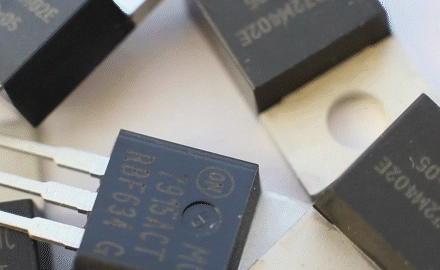
Transistors, which may be used as amplifiers in electronic circuits, work on the basis of regulating current by altering the semiconductor material’s conductive characteristics when electrical signals are applied to them. A transistor basically consists of three parts called source, drain and gate. The voltage delivered to the gate of a MOSFET (Metal-Oxide-Semiconductor Field Effect Transistor) type transistor regulates the current flowing between the source and drain. The transistor turns “on” and allows current to flow from the source to the drain when sufficient voltage is delivered to the gate.
Transistors regulate current by applying electrical signals to semiconductor materials to alter their conductive characteristics. The fundamental idea behind this is that the gate’s voltage controls whether the transistor is open or closed. The transistor turns “off” and the current stops when the voltage applied to the gate is decreased. Transistors may be employed as switching elements in digital circuits because of this characteristics. Transistors employed as amplifiers are effective at transforming small input signals to larger output signals. Since they regulate the amount of alternating current passing through the transistor, small changes in the input signal produce stronger output signals.
Types and Properties of Transistors
Bipolar Junction Transistors and Field-Effect Transistors are the two primary types of transistors, which are widely utilized in electronic circuits. The various structural features that these categories offer make them useful in a wide range of applications.
Based on their internal structure, bipolar junction transistors are classified as NPN (Negative-Positive-Negative) and PNP (Positive-Negative-Positive). These transistors consist of three main terminals, namely emitter, collector and base, and ensure that electron flow from the emitter to the collector are controlled by the base current. Because of this controllability, BJTs are among the most preferred components for applications like broadband amplification and high-speed switching. Additionally, they work especially well in applications that need current control. The reason for this is that the base current directly affects the total current between the collector and the emitter.
Field-Effect Transistors (FETs) are characterized with three terminals, namely door, source and drain. FETs control the voltage at the door terminal and the current between the source and the drain. FETs are very well suited for applications requiring low-power and high input impedance requirements due to this structural difference. JFET (Junction Field-Effect Transistor) and MOSFET (Metal-Oxide-Semiconductor Field-Effect Transistor) are the two main FET types. MOSFETs are designed to be used especially in digital circuits and high-frequency applications. High degrees of integration are achievable with these types, allowing billions of transistors to be used even in incredibly tiny electronic devices
Where Are Transistors Used? Examples from Daily Life
Transistors are employed as a standard in many electronics devices used in daily life and have a wide range of applications in the field of electronics.
Transistors are frequently utilized in the following applications:
- Consumer Electronics: A vast variety of consumer electronics devices, such as televisions, radios, gaming consoles, and calculators contain transistors. The main functions are signal processing and power amplification. Thus, devices can deliver high performance with low power.
- Computers and Mobile Devices: There are billions of MOSFETs in modern microprocessors and memory chips. These transistors function as the fundamental processing units in the CPUs of your computer and smartphone, acting as logic gates to enable computations.
- Amplifiers and Sound Systems: Sound amplifiers generate bigger signals to transmit to speakers by amplifying the incoming signal. Transistors are thus essential components of everything from home cinema systems to big sound systems in concert venues.
- Automotive Industry: Automobiles also contain transistors, which are utilized in a variety of applications ranging from engine management systems to safety measures such as airbag sensors.
- Telecommunication: Transistors are used in telecommunications equipment, such as cell phones and satellite communications, to process data and amplify signals. This increases the speed and efficiency of data transfer, allowing users to communicate globally.
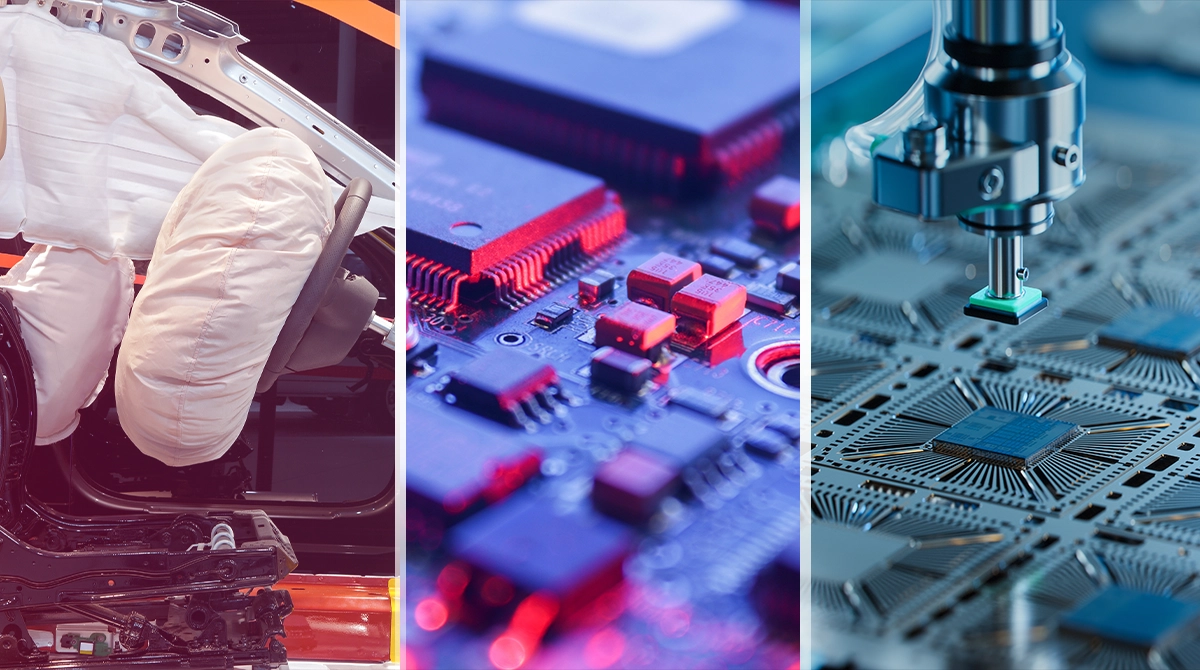
Our electronic equipment have gotten quicker, more efficient, and more compact because of transistors, which have played a crucial part in the development of modern technology and made life easier. Transistors are widely employed in everyday life; how do you believe they will be used in future technologies? Please provide your thoughts in the comments area on this technological wonder’s future.

 Online Services
Online Services Application Inquiry
Application Inquiry Pay Assurance Fee
Pay Assurance Fee Query Installation Number
Query Installation Number Compensation Fee Inquiry
Compensation Fee Inquiry Automatic Payment Order Inquiry
Automatic Payment Order Inquiry Partnership
Partnership
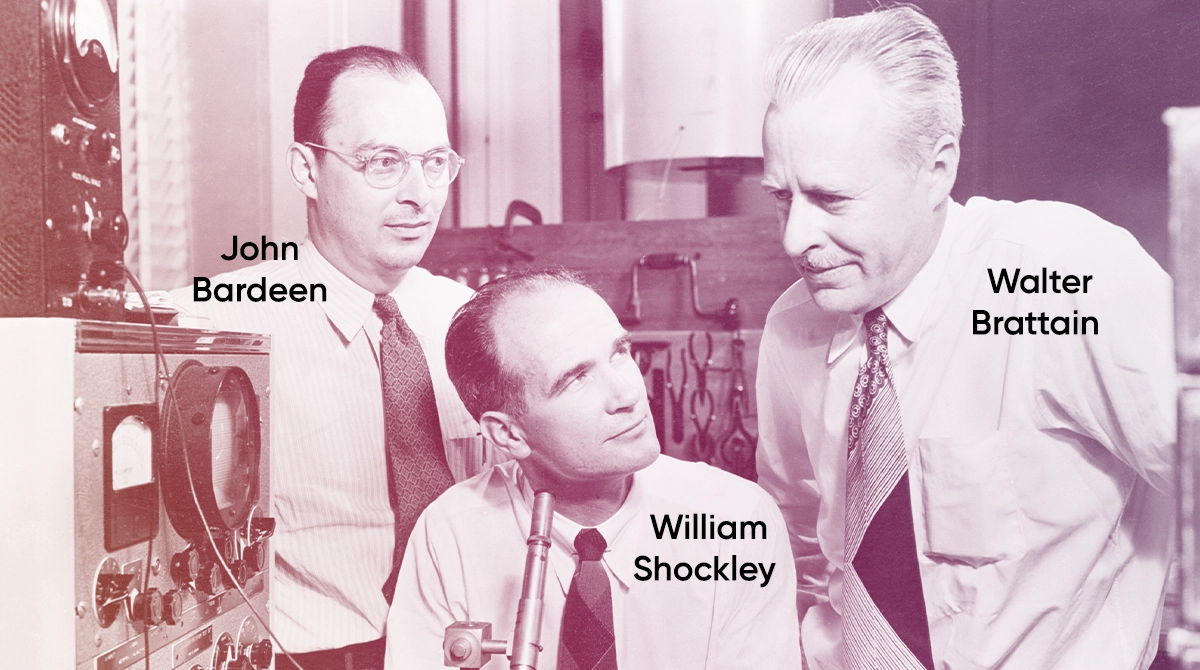
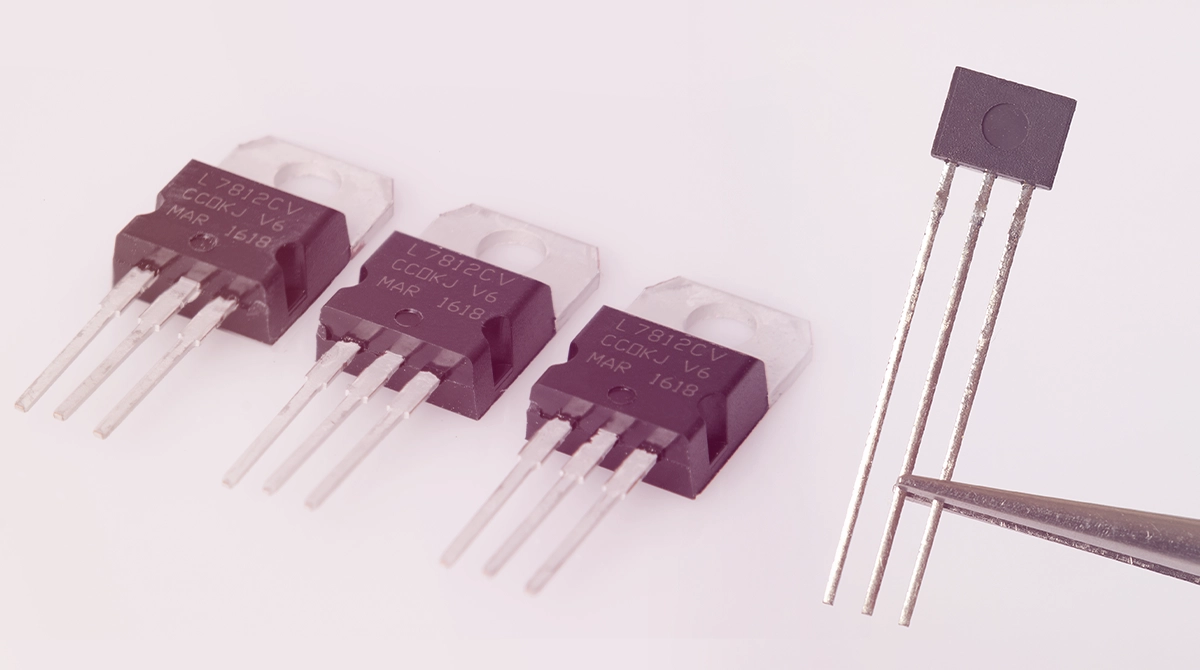
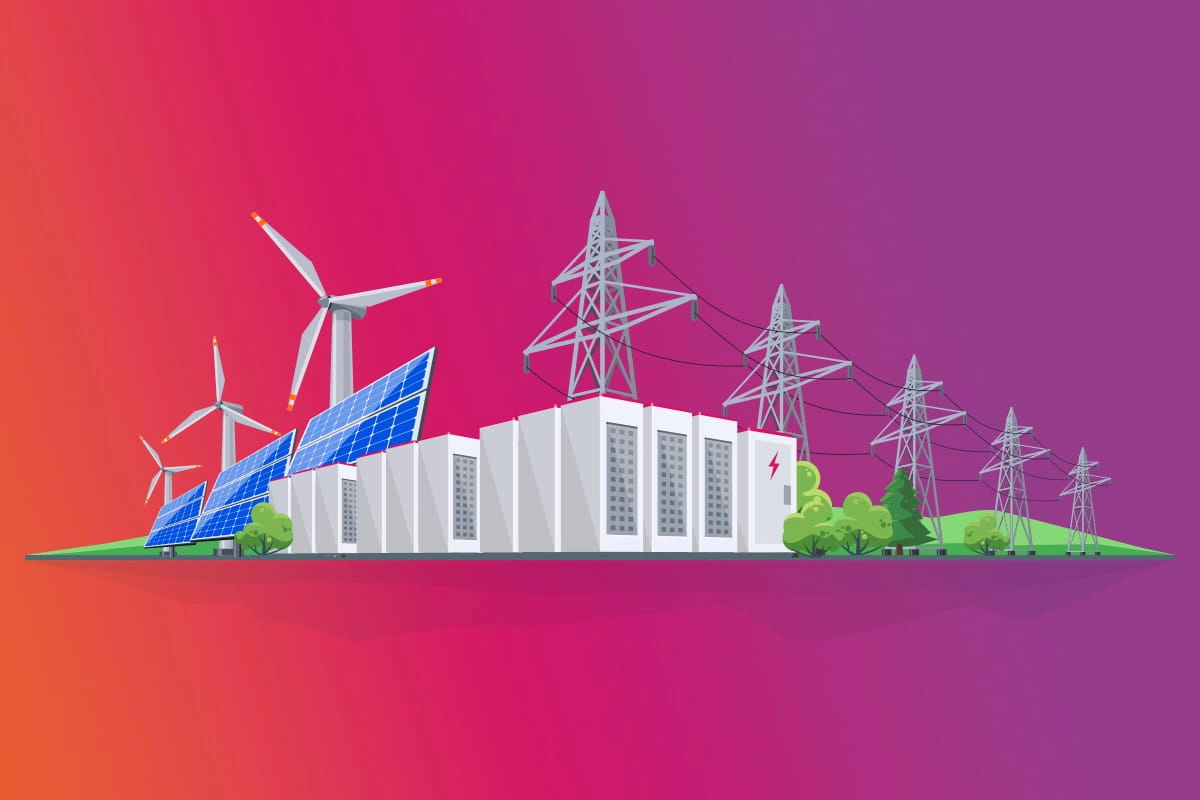
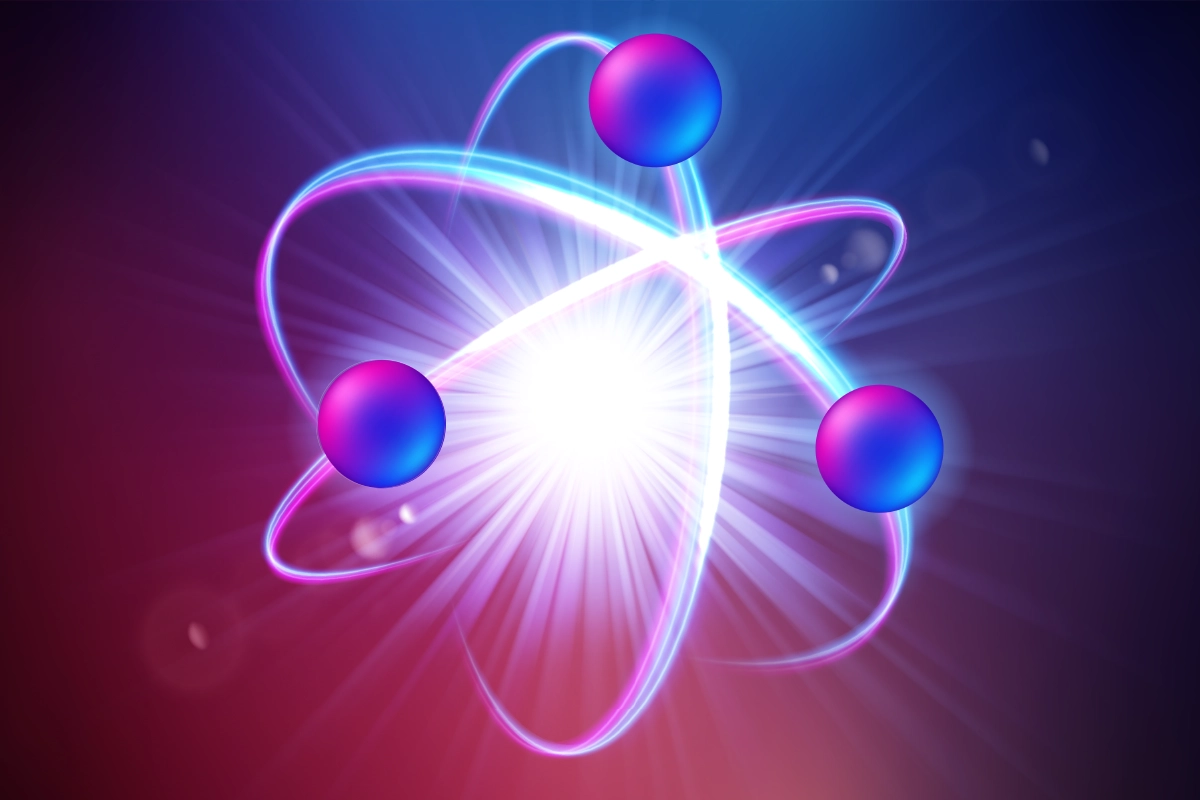
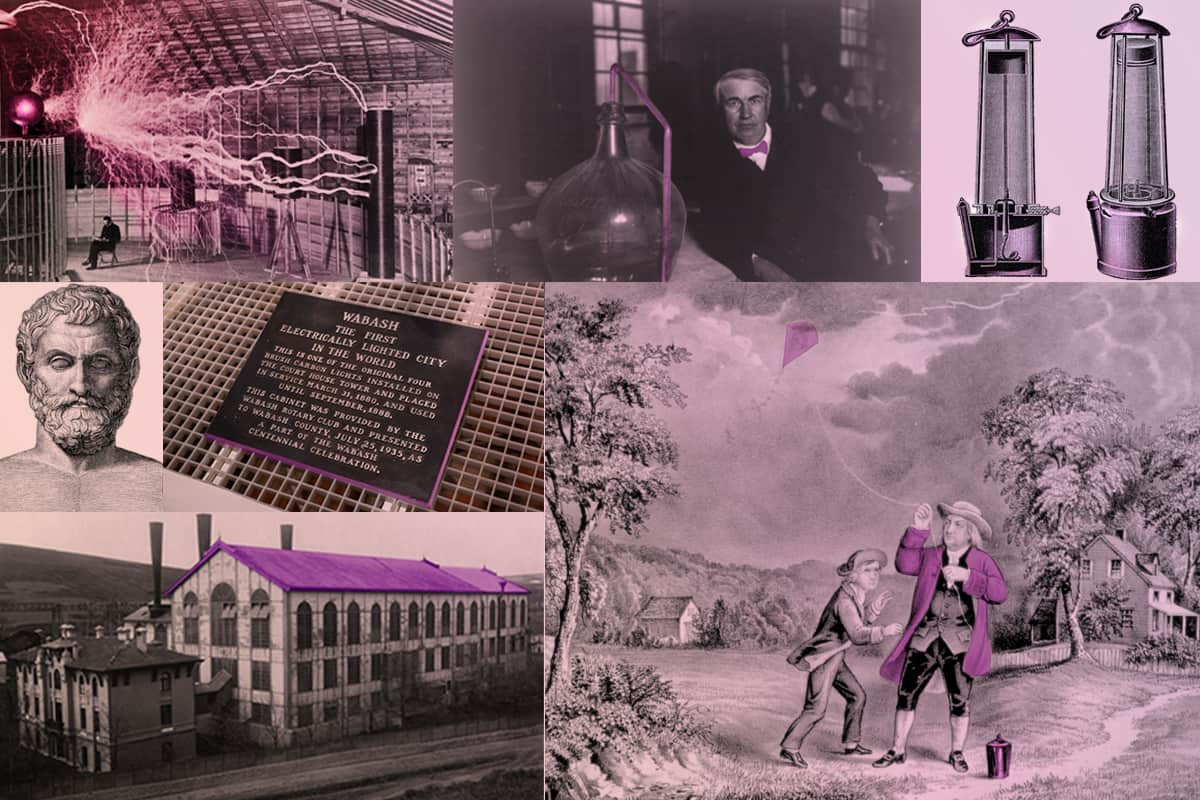

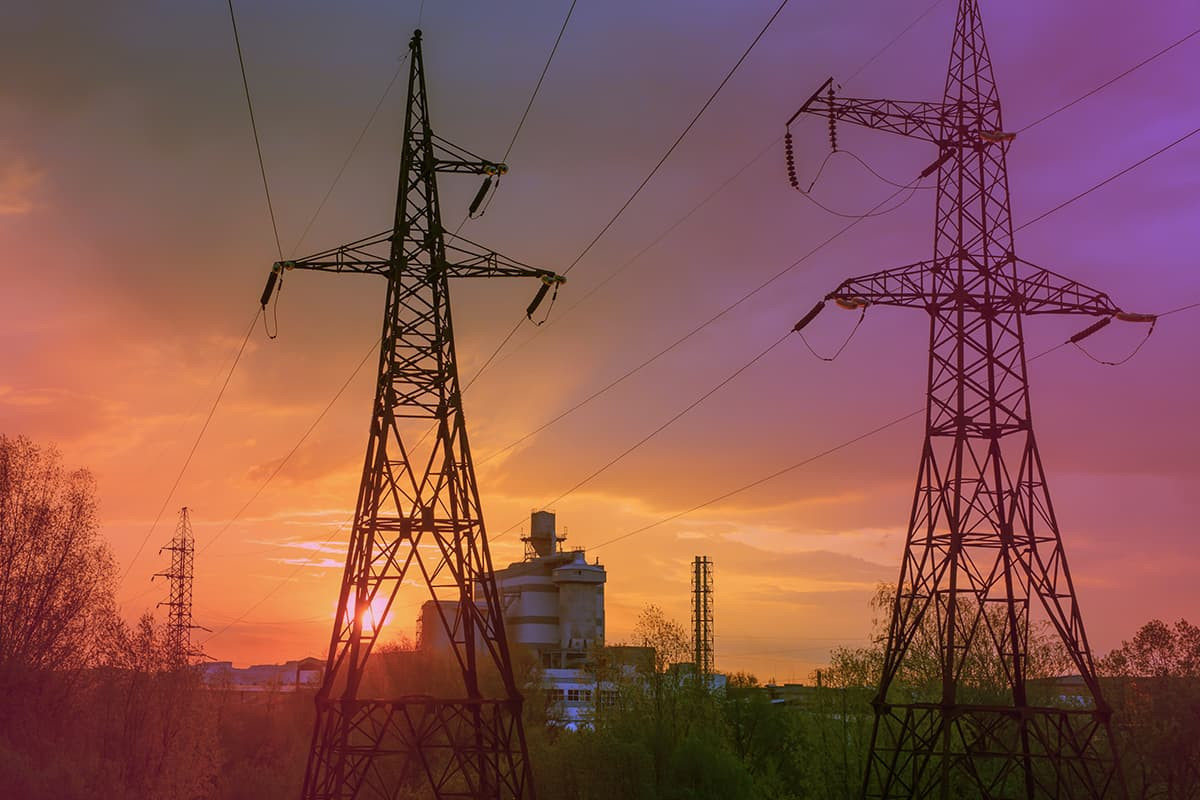


Leave a Comment